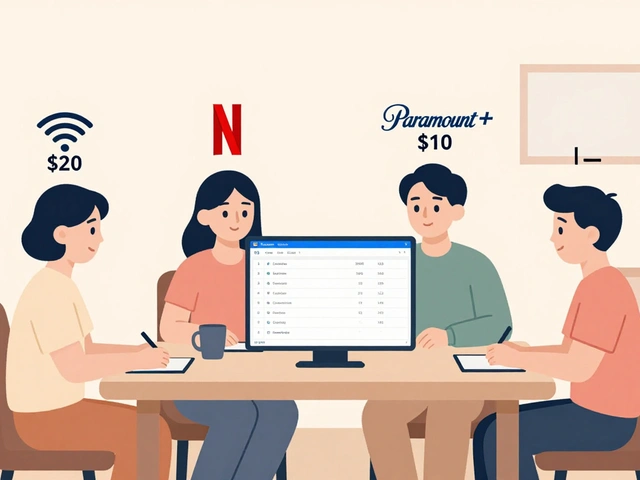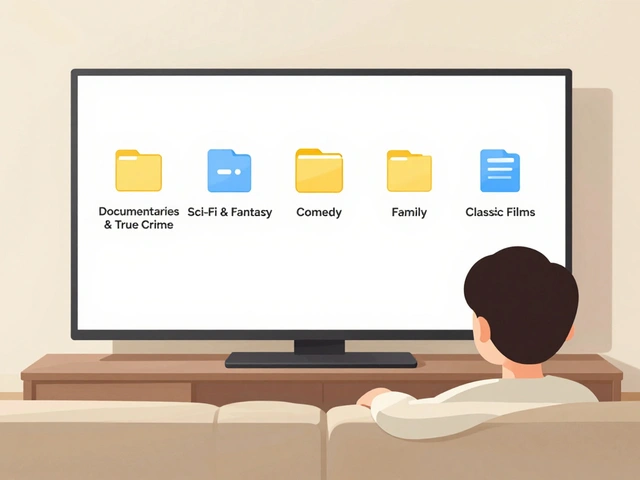Decentralized Finance (DeFi) – What It Is and Why It Matters
When talking about decentralized finance, a financial ecosystem that runs on blockchain and removes traditional intermediaries. Also known as DeFi, it lets anyone lend, borrow, trade, or earn interest directly from a peer‑to‑peer network.
At the heart of DeFi is blockchain, a distributed ledger that records every transaction in an immutable way. Because blockchain provides transparency and security, smart contracts can execute financial agreements automatically without a middleman. This combination creates new opportunities such as yield farming, where users lock assets in liquidity pools to earn rewards.
Key Components That Power DeFi
Decentralized finance relies on four main pillars. First, cryptocurrency, the digital token that fuels transactions and serves as collateral. Second, smart contracts define the rules of each protocol, from lending to automated market making. Third, liquidity pools aggregate capital from many users, enabling instant trades and low slippage. Fourth, governance tokens let community members vote on upgrades, ensuring the system evolves democratically.
These pillars are tightly linked. For example, blockchain enables smart contracts, smart contracts power cryptocurrency lending, and cryptocurrency rewards attract liquidity providers. The result is a self‑reinforcing loop where more users bring more capital, which in turn creates more earning opportunities.
DeFi isn’t limited to one niche. It spans decentralized exchanges, asset‑backed stablecoins, synthetic derivatives, and insurance protocols. Each of these services mirrors a traditional financial product but runs on code instead of paperwork. Because the code is open‑source, developers can remix and improve existing ideas, leading to rapid innovation.
Security is a constant concern. Since smart contracts are immutable once deployed, bugs can lock up millions of dollars. Audits, bug‑bounty programs, and formal verification are tools the community uses to mitigate risk. Understanding these safeguards helps users evaluate which platforms are trustworthy.
Regulation is another moving target. Some jurisdictions treat DeFi tokens as securities, while others take a hands‑off approach. Staying updated on legal developments ensures participants remain compliant and can adapt strategies as rules change.
Our collection below reflects the breadth of the DeFi landscape. You’ll find deep dives into market crashes, wallet security, and the impact of smart contracts on finance, plus practical guides on how to navigate yield farming and assess platform risk. Whether you’re a newcomer curious about the basics or a seasoned trader looking for the latest tactics, the articles ahead provide actionable insights grounded in the core entities we just covered.
Ready to explore specific use‑cases, tools, and strategies? Scroll down to see the curated posts that break down each aspect of decentralized finance in plain language.
26
Ethereum Blockchain Explained: What It Is, How It Works & Why It Matters
Learn what the Ethereum blockchain is, how it works, its key features like smart contracts, and why it matters for finance, gaming, and more.
Latest Posts
Popular Posts
-
 How Roommates Can Fairly Share Wi-Fi and Streaming Costs
How Roommates Can Fairly Share Wi-Fi and Streaming Costs
-
 App Layout Strategies: Organize Streaming Services by Genre and Use
App Layout Strategies: Organize Streaming Services by Genre and Use
-
 Breakout Indies at the Box Office: How Word-of-Mouth Made These Films Blockbusters
Breakout Indies at the Box Office: How Word-of-Mouth Made These Films Blockbusters
-
 Best Educational TV Shows for Preschoolers, Elementary Kids, and Tweens
Best Educational TV Shows for Preschoolers, Elementary Kids, and Tweens
-
 Paramount+ with Showtime vs. Peacock Premium vs. ESPN+: Which Sports Add-On Fits Your Viewing Habits?
Paramount+ with Showtime vs. Peacock Premium vs. ESPN+: Which Sports Add-On Fits Your Viewing Habits?



